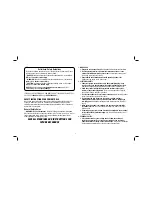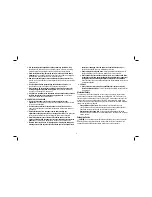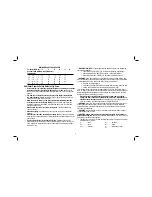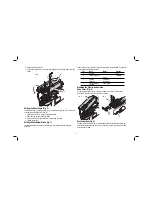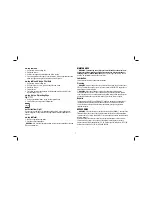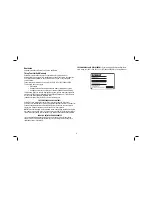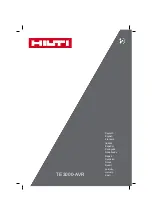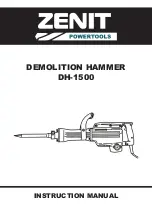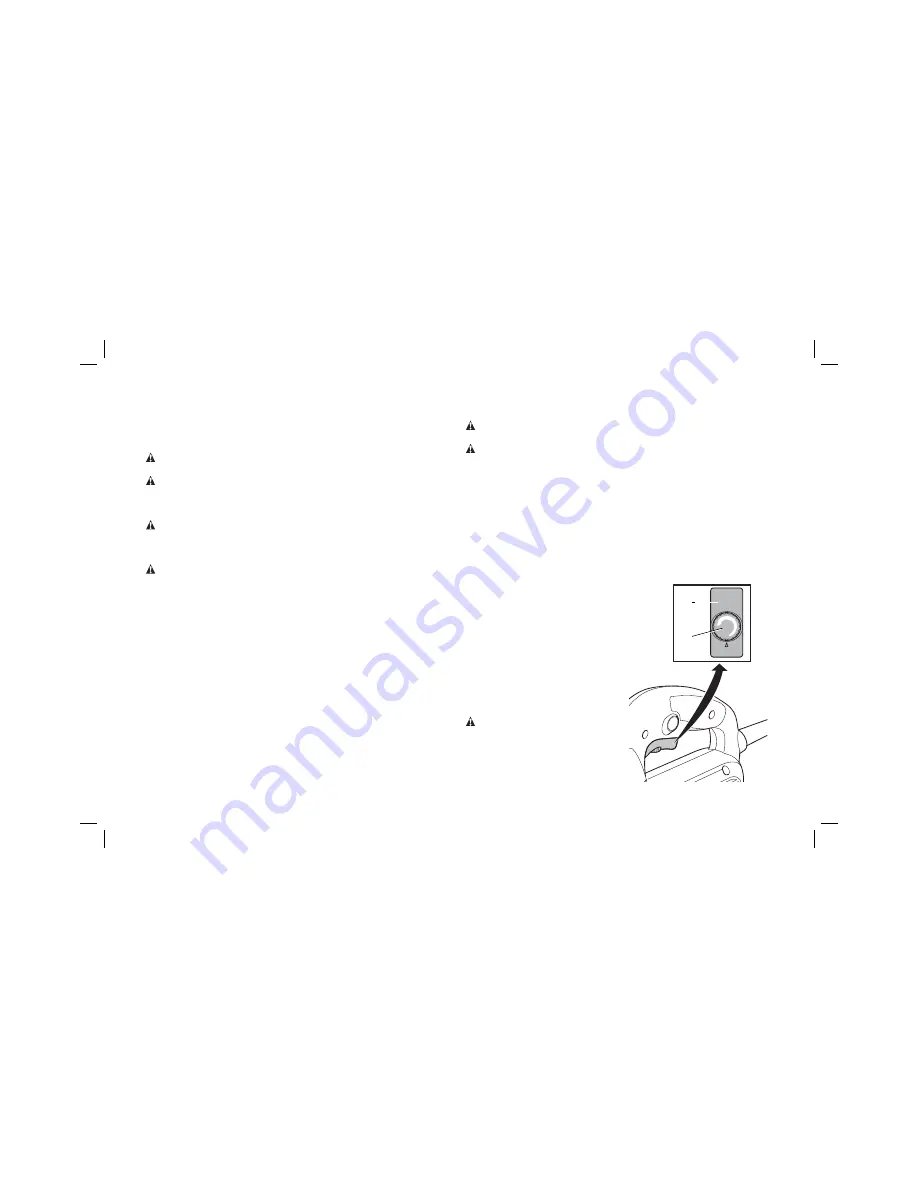
6
1. Place the dust extraction shroud (N) between the finger guard (F) until it clicks in
place.
2. Fit the dust extraction adaptor (M) to the tool as shown.
3. Connect the hose of a suitable dust extraction system to the adaptor.
WARNING:
When appropriate, connect a dust extraction system designed in
compliance with the applicable directives regarding dust emission.
WARNING:
Do not use a dust extraction system without proper spark protection
when sawing metal.
OPERATION
WARNING:
To reduce the risk of injury, turn unit off and disconnect tool from
power source before installing and removing accessories, before adjusting or
changing set-ups or when making repairs.
Be sure the switch is in the off position.
An accidental start-up can cause injury.
WARNING:
• Make sure your workpiece is well secured. Remove nails, screws and
other fasteners that may damage the blade.
• Check that there is sufficient space for the blade underneath the
workpiece. Do not cut materials that exceed the maximum cutting depth
of the blade.
• Use sharp saw blades only. Damaged or bent saw blades must be
removed immediately.
• Do not use the tool for sawing pipes or tubes.
• Never run your tool without a saw blade.
• For optimal results, move the tool smoothly and constantly over the
workpiece. Do not exert lateral pressure on the saw blade.
Keep the shoe flat on the workpiece and lead the cord away in line with
the tool. When sawing curves, circles or other round shapes, push the
tool gently forward.
• Wait until the tool has come to a standstill before removing the saw
blade from the workpiece. After sawing the blade may be very hot. Do
not touch.
Proper Hand Position (Fig. 1, 8)
WARNING:
To reduce the risk of serious personal injury,
ALWAYS
use proper hand
position as shown.
WARNING:
To reduce the risk of serious personal injury,
ALWAYS
hold securely in
anticipation of a sudden reaction.
Proper hand position requires one hand on the front handle (S), with the other hand
on the main handle (R) or one hand on the main handle (R).
Switching On and Off (Fig. 1)
To run the tool, press the on/off switch (A).
For continuous operation, press and hold down the switch (A), press the lock-on
button (B) and release the switch.
To stop the tool, release the switch.
To stop the tool in continuous operation, press the switch briefly and release it.
Always switch off the tool when work is finished and before unplugging.
Setting the Electronic
FIG. 6
A
C
Sawing Speed (Fig. 6)
The sawing speed varies with the pressure
exerted on the on/off switch (A).
To preset the sawing speed, turn the
control dial (C) to the desired level. The
higher the rate, the higher the sawing
speed. The required setting depends on
the thickness and kind of material.
Use high speeds for sawing soft materials
such as wood. Use low speeds for sawing
metal.
WARNING:
After using the tool for an
extended period on low speed settings, run
it for approx. three minutes on maximum
no-load speed.



